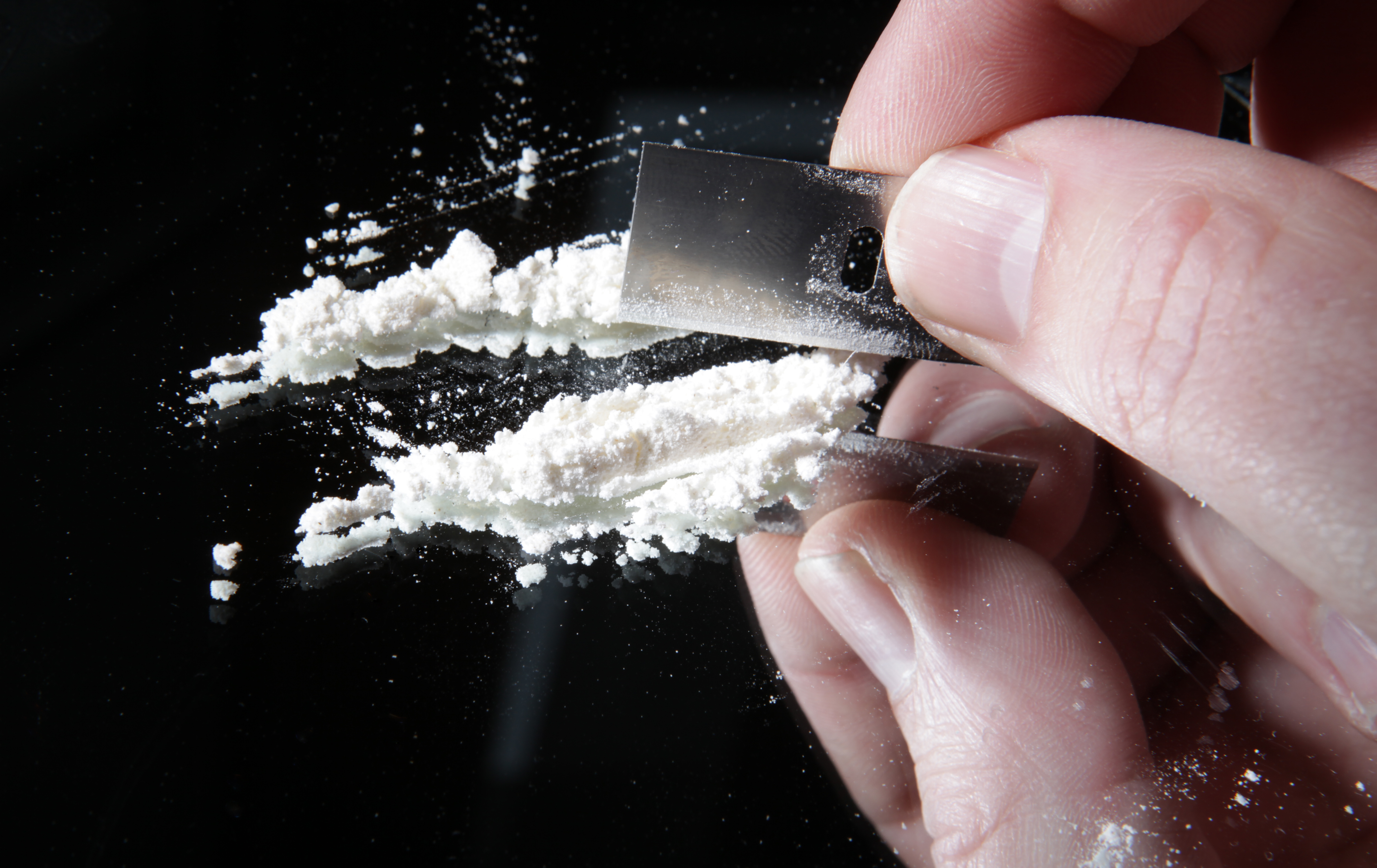The 80s are back, which means so is crack. Drug officials say there is a record influx of Colombian cocaine that has spurred the return of crack.
The cheap, smokable drug caused a crime wave across the country, including New York, in the late 1980s and 1990s.
“We’re seeing a resurgence of crack,” said Frank Tarentino, who heads the DEA’s New York Division, noting that other forms of cocaine are booming as well. “The demand never really went away, but the supply has increased exponentially.”
The mass supply of coke has driven down street prices to levels not seen in decades, law-enforcement officials said, adding that a single-use rock can be had for as little as $5.
City narcotics prosecutor Bridget Brennan says authorities are seeing turf wars breaking out again as they battle for street corners like they did when crack first hit the streets. Brennan’s office is in charge of targeting crack gangs in upper Manhattan.
“The groups want to control the territory, and they have to sell a lot. If somebody else is encroaching on them, they’re not going to be able to do that,” Brennan told The Post. “Historically we’ve seen violence associated with them, and certainly in our current investigation we’ve seen that.”
The city is also grappling with regular cocaine which now sells for about $10 per twist, law-enforcement sources added.
Another concern is the possibility of instant death due from fentanyl, the potent, highly addictive opioid that’s been found mixed into cocaine and other illicit drugs, the New York Post reported.
Investigators continue to work together to bust packing operations where blends are made using cocaine, fentanyl, heroin, meth, tramadol, and the sedative xylazine.
“What we’re seeing is these stash locations where you’ll have kilos of all kinds of different drugs in the same place and then they’ll have a mini mill, with mill equipment alongside the stashes,” Brennan said. “There’s no quality control. That’s where the overdoses come in.”
The cascade of imported cocaine comes from a 50% surge in Colombian coca production, with crops now covering 245,000 hectares — up from 160,000 hectares during the height of the cocaine craze in the 1990s, officials said.



